Building Great Teams: Are you creating the next dream team?
May 25, 2016
Hiring Great People and Reducing Turnover
October 4, 2016By: Michael DiLorenzo, Chief of Outdoor Operations (COO), Michigan Planners
The stress over medical costs and quality treatment is all too familiar for employees and their families. This reality has led businesses to embrace the idea of empowering their workers and families to become better consumers by equipping them with the right tools.
Today’s technological advancements allow decision-making power to be delivered directly to a smartphone, tablet and computer.
Here are 4 ways employees can use technology to enhance their level of engagement and make knowledgeable choices.
1. Learn about your plan
Patients should understand basic components of their health insurance, such as their out-pocket obligation for medical services and prescription drugs. Carriers have mobile applications, allowing users to verify which services are covered, estimate treatment costs, as well as retrieve their explanation of benefits (EOBs) online. This immediate access eliminates clutter and allows quick and easy access to plan information.
2. Compare hospital ratings
Employees and their families can visit their health insurance carrier’s website to compare hospital ratings, treatment costs, treatment timeframes, and other important variables for more than 1600 different services. These transparency capabilities allow patients to have greater confidence when trying to decipher which provider and hospital makes the most sense for specific conditions. Ratings and reviews make the experience similar to the type of shopping we do when we plan a vacation and compare hotels, flights, or restaurants.
3. Receive care from home
While some providers have certainly become flexible with their hours of operation (i.e. evening and weekend appointments), receiving care at the necessary times is not always feasible. Health plans are now offering telemedicine solutions for patients to receive care from the doctor via mobile devices, computers, and kiosks. FaceTime-like video allows members to interact with doctors and receive electronic prescribing of medications. Employees can reduce time off from work and a trip to the doctor by getting timely care recommendations from a board-certified physician, 24/7.
4. Track health progress
Remember leaving that annual preventive care checkup with a list of To Dos? Lower your cholesterol. Eat better. Lose weight. Sounds like a lot of work. Plus, how do you go about tracking your progress?
Patients have the ability to create an action plan centered around their specific health conditions. They can develop a self-guided path towards progression, with built-in goal trackers, text messages, and health assessments to help them remain focused, engaged, and motivated. This plan is created online through health assessments, and with the help of WebMD, an industry-leading health content provider. Employees can even print the data and bring it to the follow-up visit.
Access to knowledge is everywhere, but taking advantage of the right tools and making sure to utilize them is up to us. Never before have we had access to digital applications that deliver life-saving information and care. Encourage your workforce to power up those devices today and become more informed, more engaged, and more active in their health experiences!
